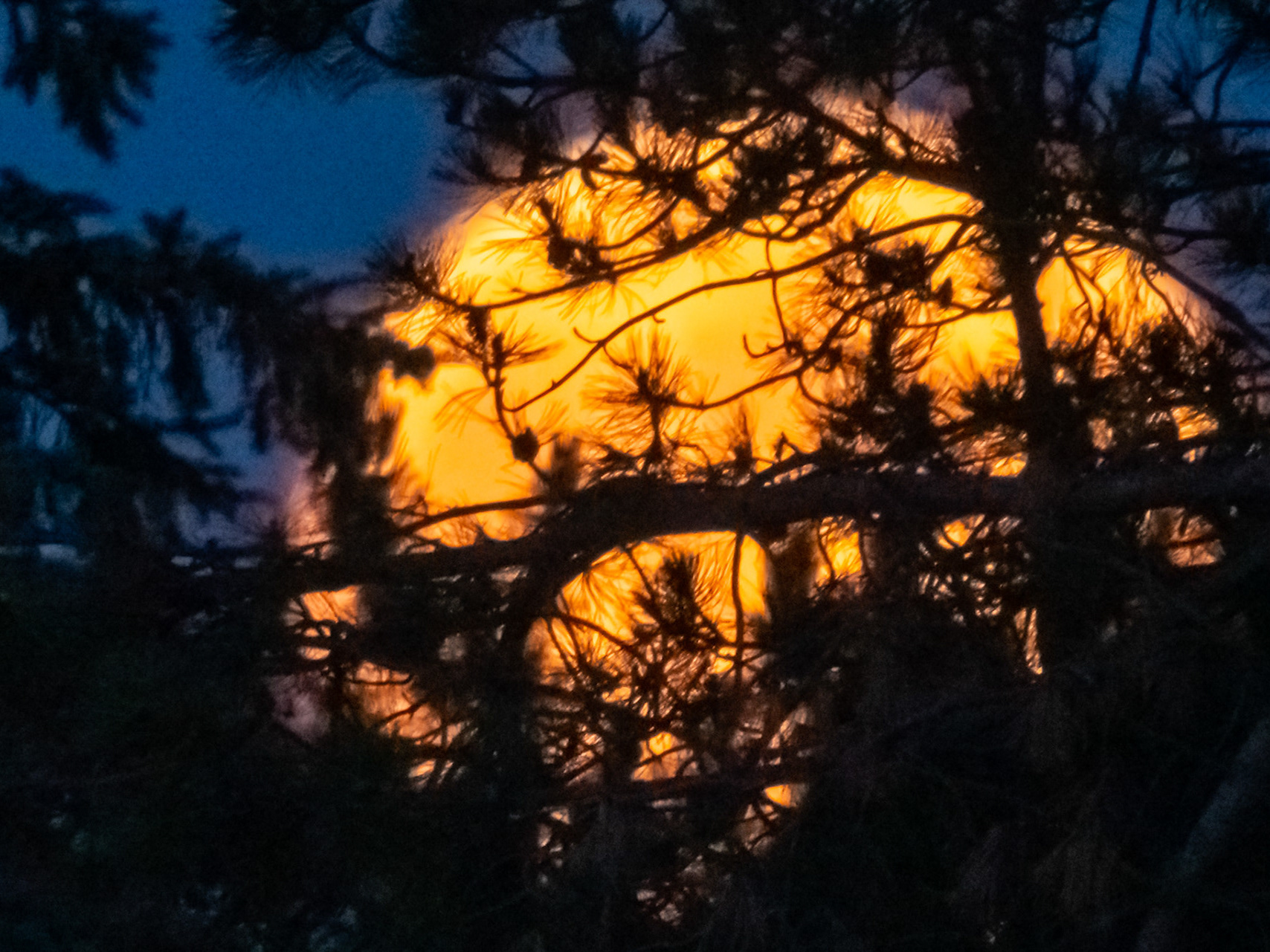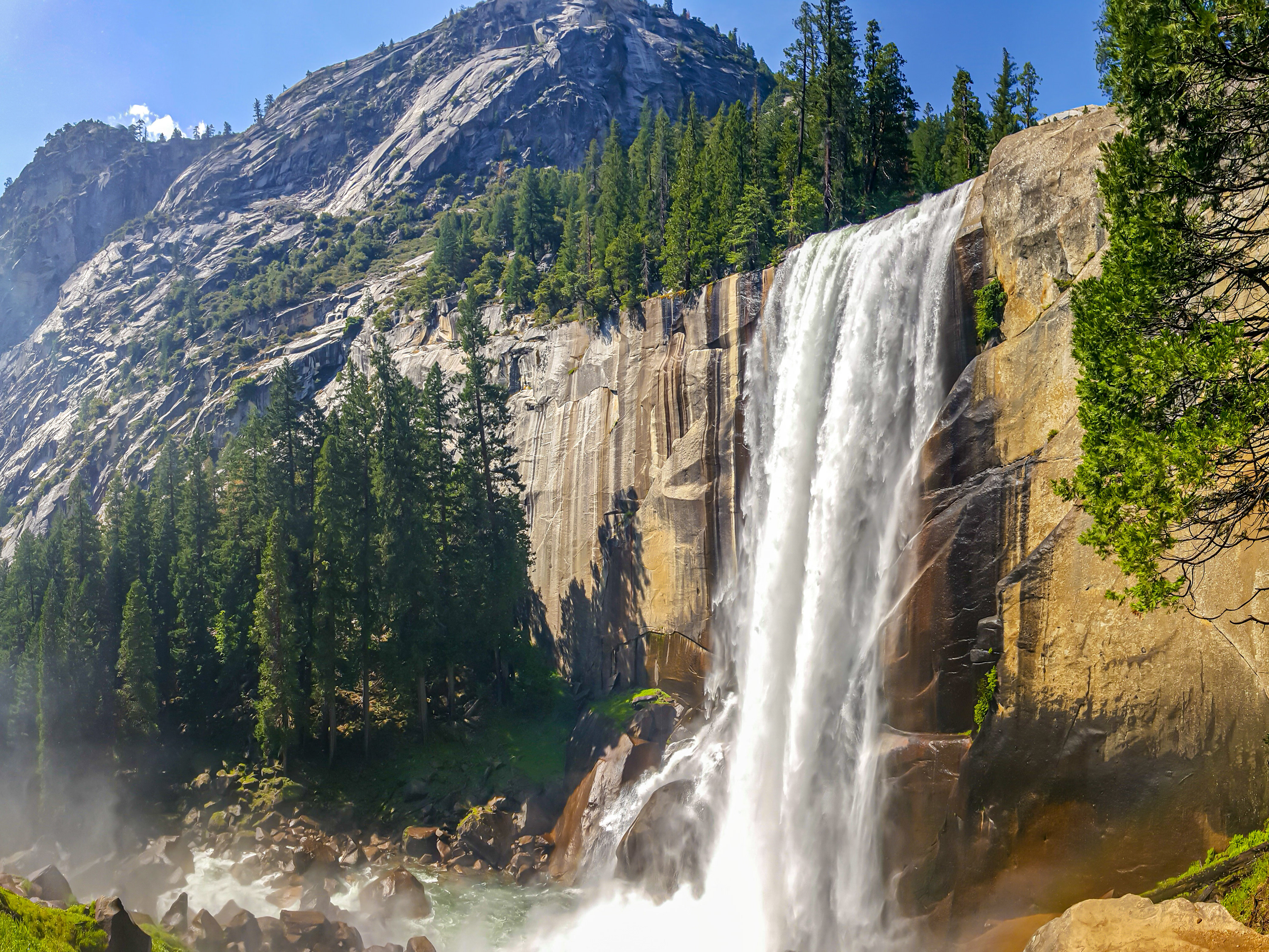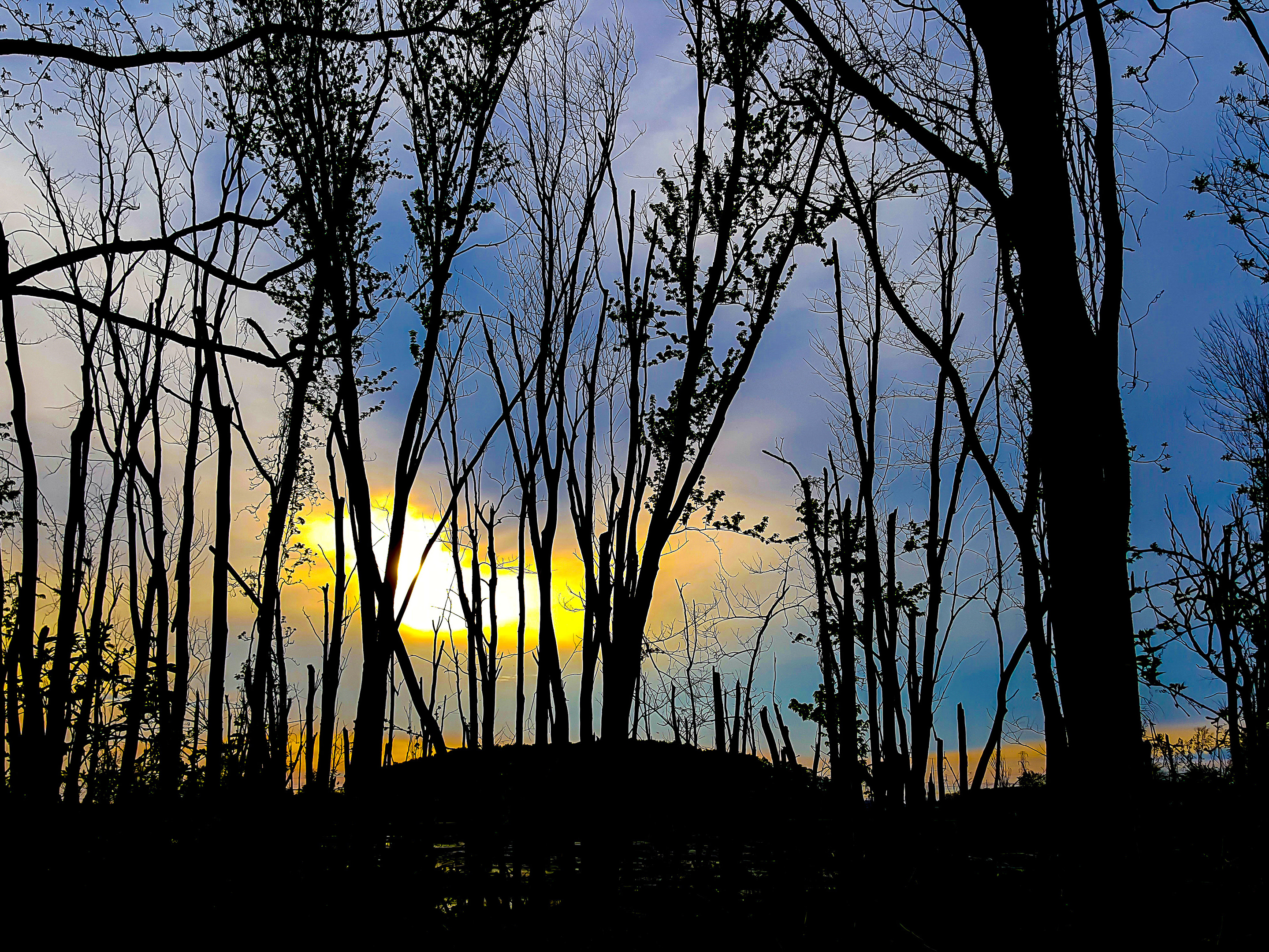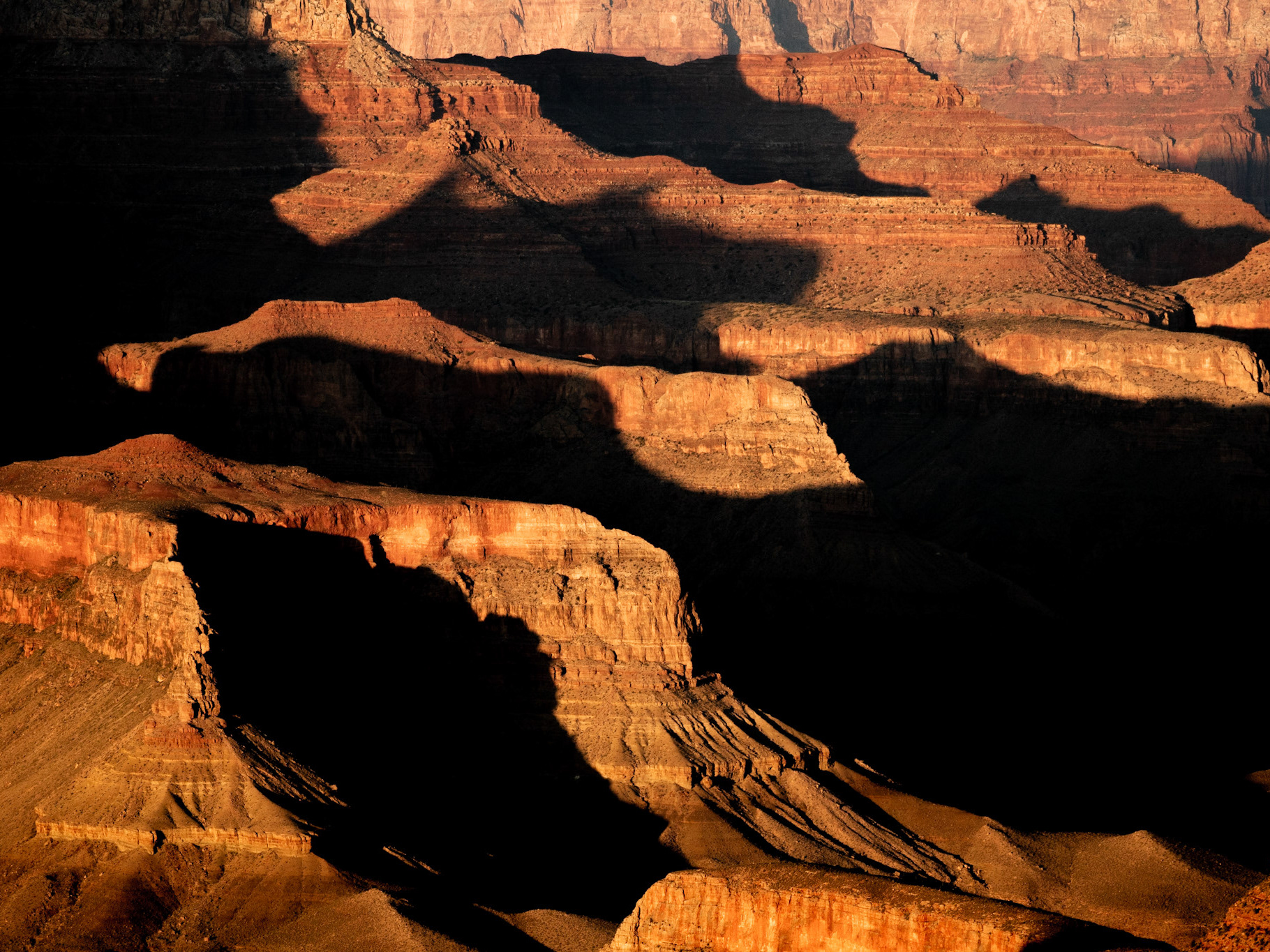Long Exposure Imaging
Astro-imaging is a special type of photography with which a very dim object, most of the time not visible with naked eyes, can be imaged with a lot of details. The object is not visible with naked eyes because the number of photons that are received by the retina from the object during the persistence of vision (i.e., of the order of 10s of milliseconds) is too small to fully excite the photo-sensors in the retina.
In Astro-imaging, the problem is alleviated by: 1) capturing more photons per unit time, and 2) integrating photons over longer durations. The first one is achieved by using a camera lens or telescope that has bigger aperture than our pupil. The second one is done by keeping the camera shutter open for much longer durations. For example, a reasonably good image of the Whirlpool galaxy (M51) using a standard camera lens would require at least an hour worth of photon integration by keeping the camera shutter open for that long. The end effect can be a dazzling image of a beautiful galaxy that our naked eyes cannot see. All astronomical images taken from our planet or from space use these basic principles. For example, One of the ultra-deep-field images taken by Hubble Space Telescope was created by integrating photons from very distant galaxies over a period of 11 days. And that was through an aperture of around 2.4 meters. Compare that with the diameter of the opening of human eyes of approximately 4 mm.
In practice, a major challenge in astro-imaging comes from our planet’s own spinning motion. The earth spins around its own axis with an angular speed of around 15 arc-seconds per second. One arc-second is 1/3600th of a degree. As a result of this spin of a ground-based camera with respect to a celestial target, any exposure longer than a few fractions of a second creates star trails and blurring, thus spoiling the image. The way to circumvent this is to spin the camera itself in synch with earth’s sidereal motion (i.e., the spin) so that the target celestial object does not drift with respect to the camera sensor during a long exposure. Software-controlled motors are used to drive a camera mount on a tripod to achieve this. Depending on the accuracy of such control hardware and software, this enables an imager to take single exposures up to tens of minutes long.
Multiples such images are then aligned and stacked in order to improve the signal to noise ratio of an image. While signal (i.e., the RGB luminosity of a pixel capturing part of a galaxy or a nebula) is deterministic, most of the noise (i.e., read noise, thermal noise, etc.) is random and fortunately Gaussian. This allows very simple additive processes to enhance the signal while suppressing the noise. Therefore, by combining many long exposure shots, the signal to noise ratio in an image can be enhanced significantly to bring out details in the astronomical objects. Such details are important since gas and dust are the main ingredients of most of such objects, and their subtle variations create intricate texture, color, and the overall beauty. Any additional details in the gas clouds and dust lanes make the image more revealing.
It is not only possible but almost unavoidable to image an object over multiple days, weeks, months, and even seasons. This allows an Astro-imager to continue on taking new shots and improving the quality of an image incrementally. This makes production of a “good” image not just an event, but a long-term project. Unfathomable distances to the celestial objects allow that to happen since the relative perspective of an object from the earth remains fixed over one’s lifetime or even generations.
A surreally beautiful generational project would be to continue imaging a specific part of the heaven by the members of a family and/or friends over many many generations so that the image produced in a generation is built on the exposures taken by the previous generations, potentially hundreds of years in past. This will be another way to celebrate the continuity of life and its work!









